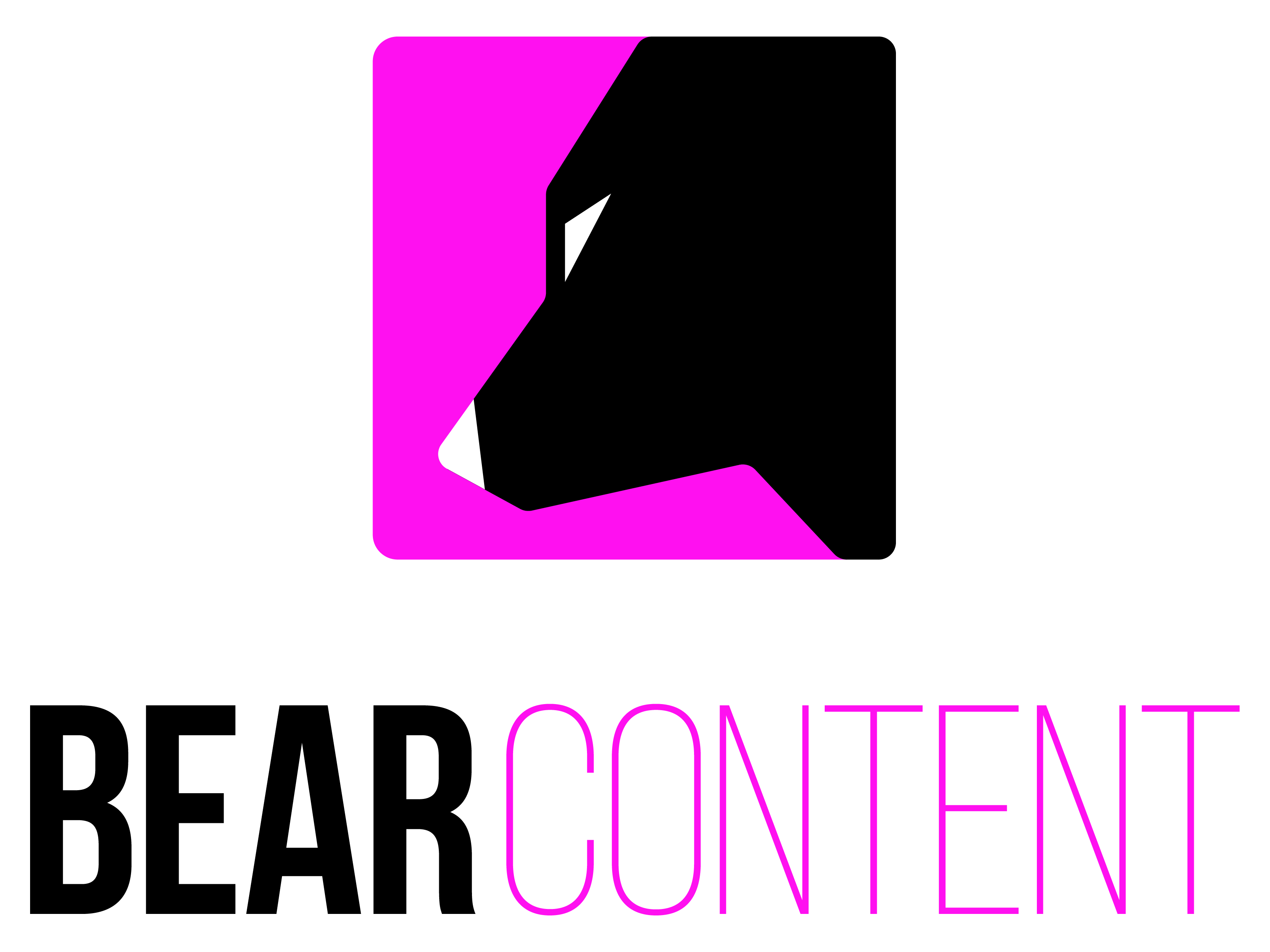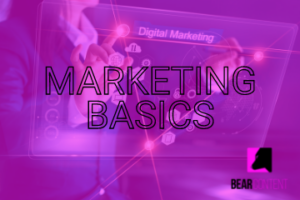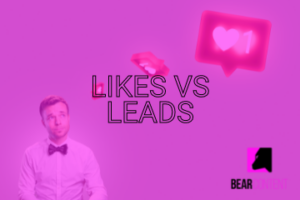Modern, agile and digitally enabled. That’s how Scottish fund management group Standard Life Aberdeen explained the launch of its new brand, Abrdn.
Immediately subjected to widespread ridicule on social media, the business (which is still pronounced ‘Aberdeen’, by the way) discovered the hard way that rebranding is no easy challenge.
As one of a select group working in retail financial services and marketing, my thoughts on the Abrdn rebrand were quickly picked up by the national press.
The Times quoted me saying it was “up there with the most calamitous corporate rebrands in history,” and The Scotsman, “It’s unlikely this new brand will stick for the long-term.”
The Daily Mail shared my initial reaction tweet, complete with a suitable gif from one of my favourite movies, Anchorman.
Standard Life Aberdeen to Abrdn wasn’t the first calamitous corporate rebrand, and I’m confident it will not be the last.
Remember when Royal Mail attempted to rebrand as Consignia? That one lasted a mere 16 months before bosses peddled backwards and restored the original branding, writing off £2 million in the process.
Another infamous example was Coca-Cola changing its secret recipe to relaunch as New Coke. Three months later, and Coca-Cola Classic returned to loyal coke drinkers.
Few of us will ever face the significant decisions involved in an extensive corporate rebranding exercise. But we can learn from the Abrdn example (and others) to make the most of our personal and business brands.
Branding requires bravery.
Arguably, Coca-Cola was brave when they launched New Coke. Although, they argued at the time that it was created off the back of widespread consumer research.
Abrdn is undoubtedly a brave brand name and identity. Maybe it will stand the test of time once the initial mockery and derision have died down.
What I believe is essential when launching (or relaunching) any brand is authenticity. Using management buzzwords like “modern, agile, digitally-enabled” doesn’t suggest a great deal of authenticity involved.
Of course, authenticity is easier to come by when you’re a smaller business.
Most small businesses would be well-advised to choose brand attributes aligned with their personal values and preferences. There is little to distinguish between the individual (or small group of individuals) and the business in many cases.
But as soon as you find yourself playing BS bingo during your branding exercise, stop, take a deep breath, come at it from a different direction.
Ultimately, you need to live with your brand for a very long time. It needs to fit you like a smart but comfortable suit.
New brands can take time to achieve acceptance with your customers and the broader market. That’s OK.
As long as you approach branding with authenticity and commitment to the new identity, chances are it will all work out in the end.



